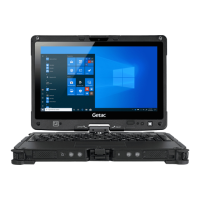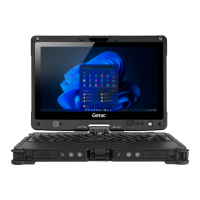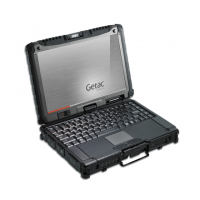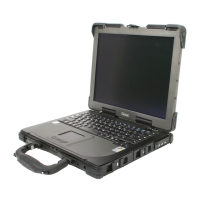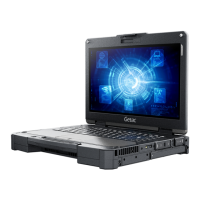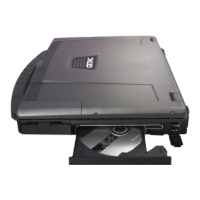How to correct the date/time on a Getac V110?
- EErik WalkerSep 9, 2025
Correct the date and time on your Getac Laptop via the operating system or BIOS Setup program. If you still have the incorrect date and time every time you turn on the computer, the RTC (Real-Time Clock) battery is at the end of its life. Call an authorized dealer to replace the RTC battery.
